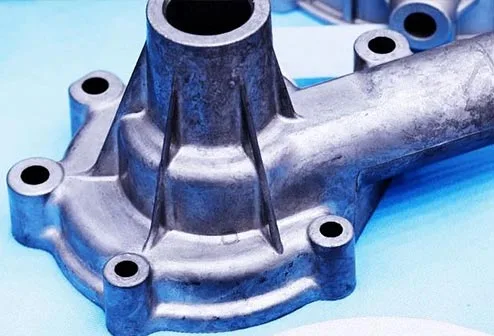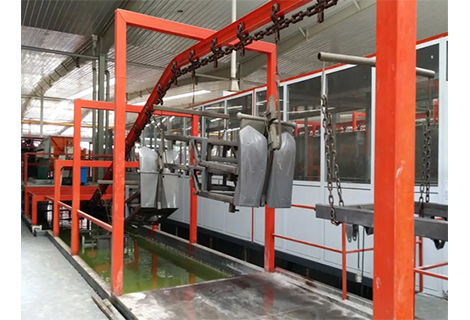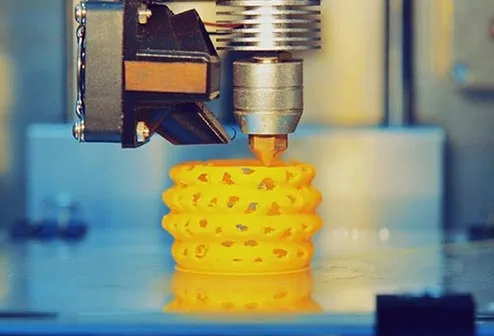Lathe is the workpiece fixed on the spindle, high-speed rotation to process the tool feed movement of a machine tool. Lathe is driven by the motor through the belt and gear transmission system to drive the spindle rotation, driven by the spindle chuck on the workpiece rotation, and then use the fixed in the tool holder turning tool for turning machine tools. The main workpiece is a round bar. The cutting work includes:turning end faces, inside diameters, outside diameters, arcs, tapers, drilling, boring, eccentricity, embossing, cutting, grooving, and turning threads.
Including spindle, spindle gear transmission mechanism and external gear train. Spindle: mounts chuck to clamp workpiece; spindle gear transmission mechanism: drives spindle rotation and variable speed; external gear train: drives feed to realize automatic feed and thread turning.
It is made of cast iron to support the spindle head, tool slides and tailstock. The slides on the bed consist of flat guides and V-rails to provide precise sliding of the tool sliding seat and tailstock.
The tool holder can accommodate different types of rotating tools and specification holders.
The composite tool holder has a longitudinal feed mechanism that can be rotated to adjust the angle of the turning taper and angle.
The transverse feed handwheel is an important mechanism for controlling the outside diameter.
Longitudinal feed handwheels are used for forward and backward movement of the tool slide and control of length during rough rotation.
Horizontal and vertical automatic feed mechanisms work in conjunction with the actuator of the lathe's external gear train to automatically rotate at different feed speeds.
The thread cutting mechanism is regulated by the external gear train and the thread turning indicator can be used to turn threads of the desired pitch.
The spindle power is transmitted to the external gear train to drive the rotation of the lead screw for automatic feed and thread turning.
Used to mount a drill chuck or taper shank drill for center drilling, boring, tapping and reaming. For mounting top center.
Lathe Collet:A collet is a mechanical device that clamps a workpiece to the machine tool.
Lathe Faceplate:A faceplate, also known as a faceplate, is the basic fixture accessory of a lathe and is used in wood or metal turning lathes. It is a round metal (usually cast iron) plate. The panel has a number of radial or irregular parallel elongated grooves, and its used for drilling and boring larger or irregularly shaped work objects, as well as work objects that cannot be clamped by other means.
Lathe refers to:Used in the hole of the workpiece being machined. The spindle is provided with center holes at each end so that one end is supported by the center and the other end goes into the end of the spindle.
Lathe Center:The top center is used to support the work. It is mounted on the spindle end, known as the real-time top center, also known as the front center, and mounted on the tail stock, known as the deceased or the rear center.
Lathe Drive Disc: The drive disc is mounted on the spindle of the lathe. As it rotates, it rotates the working jaws between the two top centers to turn.
Lathe Collector Chuck: A collet is a part that is primarily responsible for clamping small diameter work objects to the spindle end. It is mainly used in hexagonal lathes and automatic lathes.
Lathe Stabilizing Rest: It is a stabilizing support for supporting a slender work object mounted on a tool rest and moving with it to avoid deflection of the work object.
Lathe Angle Plate: It is used as an aid for working objects that cannot be mounted directly on the faceplate.
Lathe V-groove block (V-card block): Used to determine the center position of the working object.
Lathe turning tool: Used for processing, the appearance of the working object.
CNC lathe machining is mainly based on round workpieces, such as rings and bars. CNC lathe machining is a gradual development based on lathe machining and is not a recent invention. Among them, NC stands for "numerical control", using numerical values and symbols to control the movement of the machine; CNC is the abbreviation of "Computer Numerical Control", which utilizes computer memory and input/output signals to control the movement of the machine; CNC lathe machining is a kind of numerically controlled lathe machining technology by computer. Numerical control of lathe processing technology. CNC lathe machining controller is used to communicate with the computer and the lathe host, to achieve precision, large-scale lathe machining, to avoid the human ability.
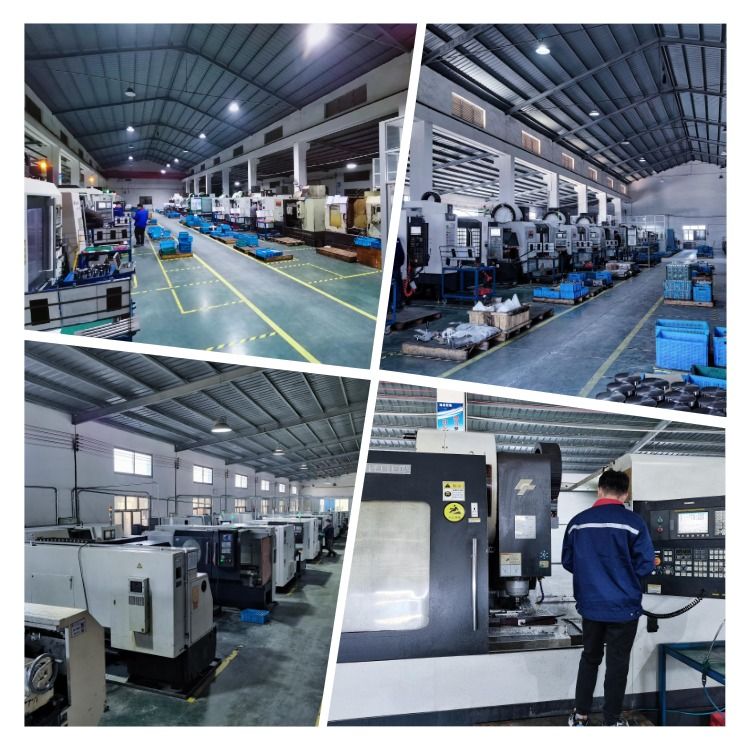
CNC lathe machining is part of the precision machining of CNC lathe machining machinery. It is a kind of processing by the computer control system: one is to repair the lathe tool and deal with the unshaped workpiece rotation,, the other is to repair the workpiece through the high-speed rotation of the workpiece, the lathe tool's horizontal and vertical movement (tool holder) precision machining. Drills, reamers, reamers, taps, molds and knurling tools can also be processed accordingly on the lathe. CNC lathe machining is mainly used for machining shafts, disks, sets and other workpieces with rotating surfaces. It is the most widely used type of machine tool processing in the precision machine works.
CNC lathe processing is intended for some basic parts processing. The processed products are mainly used for communication fasteners, computer fasteners, appliance fasteners, electric fasteners, construction materials, cell phone fasteners, cell phones, laptop computers, various plastic shells, communication, micro-motors, computers, electrical appliances, electronic products, toys, watches, lighting, locomotives.
It is a general-purpose machine tool that is the predecessor of today's high-speed lathes. It has the complete functionality of a lathe. As long as the operator technician is in the technique, it can accomplish low precision workpieces at a very low price.
Automatic sequence control, feeder and discharge mechanism not only have very high machining efficiency, but also can run for a long time, suitable for small parts.
The head of the lathe is placed vertically for easy loading and unloading of workpieces, reducing the trouble of chip accumulation and deformation. A highly automated inverted lathe has even been developed in recent years.
Lathe processing equipment that can be used on a table is suitable for processing small parts such as measuring tools, instruments and watches.
Its structure is similar to that of an ordinary lathe, except for the addition of equipment such as a center frame, tool holder, collet, and taper attachment, which allows it to produce precision products such as cutting tools, mold parts, and gauges.
In the early days of CNC NC lathe processing equipment, it was necessary to stamp data into the aperture belt, and then the control unit converted the above data into signals to facilitate automatic turn processing.CNC lathe processing equipment, through the personnel to input data into the computer to generate the G-code, and then the CNC controller to drive the machine to carry out precision processing.
CNC lathe processing equipment, safety precautions:
When a novice operates CNC lathe processing equipment, the rapid feed speed should be adjusted to about 0-25% in order to avoid danger.
Two people should not operate a machine at the same time.
Before executing a program, make sure the cursor position of the program is at the starting point.
After the program is entered into the CNC lathe, please check the program again for correctness.
The workpiece must be clamped before machining.
Select the appropriate tool, cutting speed and feed rate.
If the workpiece is eccentric or large diameter, reduce the maximum speed and peripheral speed to avoid danger.
CNC lathe machining equipment structure introduction.
Spindle box:The main structure includes box, high-speed precision angular roller bearings, v-belt pulleys, variable-speed gear sets and so on. Its role is to support the spindle, drive the clamping workpiece rotation or clamping tool.
Base:It bears the weight and cutting vibration of the whole CNC lathe machining equipment, and is used internally as a cutting fluid reservoir with bolts to adjust the level of the machine tool for installation.
Bed rail: CNC lathe machining equipment has two bed rails, usually X and Z axis bed rails are perpendicular to each other, X axis control the diameter of the workpiece, Z axis control the length of the workpiece.
Tooling device system:CNC lathe machining tooling equipment, there are many types of clamping turret type, there are traditional types such as four knives, six knives, eight knives, twelve knives and so on.
Due to the development of industry, the actual work demand is also increasing. In order to adapt to a variety of processed products and the trend of modern automated processing, to meet the needs of production, the development of a variety of lathe structure and different functional characteristics.
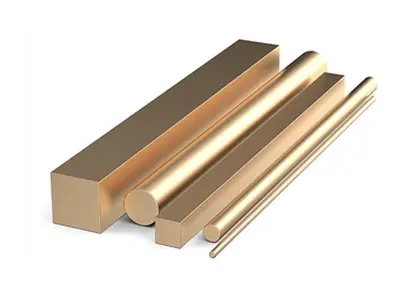 What Kind of Common CNC Metal Machining Technology Do You Know?August 10, 20221. CNC metal machining technology: selective laser meltingIn a tank filled with metal powder, a computer-controlled high-power carbon dioxide laser selectively sweeps the surface of the metal powder. ...view
What Kind of Common CNC Metal Machining Technology Do You Know?August 10, 20221. CNC metal machining technology: selective laser meltingIn a tank filled with metal powder, a computer-controlled high-power carbon dioxide laser selectively sweeps the surface of the metal powder. ...view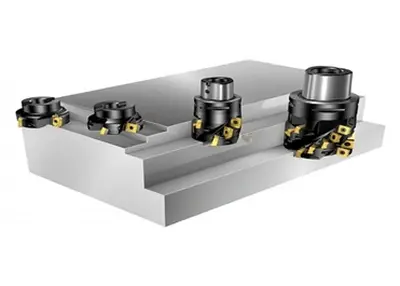 CNC Cutting Aluminum Sheets for Electronics EnclosuresFebruary 29, 2024Elevating Electronics Enclosures with CNC PrecisionIn today's fast-paced technological landscape, where precision and efficiency are critical, the manufacturing of electronics enclosures demands i...view
CNC Cutting Aluminum Sheets for Electronics EnclosuresFebruary 29, 2024Elevating Electronics Enclosures with CNC PrecisionIn today's fast-paced technological landscape, where precision and efficiency are critical, the manufacturing of electronics enclosures demands i...view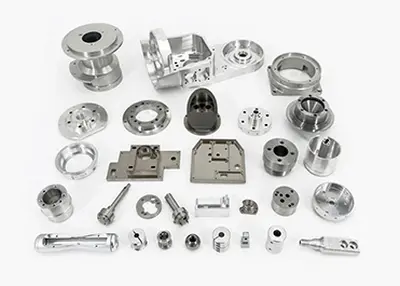 CNC Machining Materials Guide: Selection, Applications, and Best PracticesNovember 6, 2023Are you ready to unlock the secrets of CNC machining materials and revolutionize your manufacturing process? If so, you've come to the right place. In this comprehensive guide, I'm going to walk you through everything you need to know about CNC machining materials. We'll explore the different types of materials, their characteristics, and the best practices for selecting and using them.view
CNC Machining Materials Guide: Selection, Applications, and Best PracticesNovember 6, 2023Are you ready to unlock the secrets of CNC machining materials and revolutionize your manufacturing process? If so, you've come to the right place. In this comprehensive guide, I'm going to walk you through everything you need to know about CNC machining materials. We'll explore the different types of materials, their characteristics, and the best practices for selecting and using them.view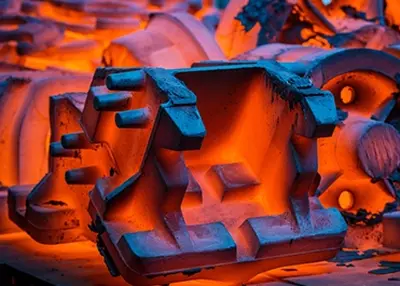 Quenching, Tempering, Normalizing, Annealing, Can You Tell the Difference?October 23, 2023In order to make the metal workpiece has the required working performance, heat treatment process is often essential. Heat treatment process generally includes heating, holding, cooling three processes, due to the different processes are divided into quenching, tempering, normalizing, annealing, etc., do you distinguish?view
Quenching, Tempering, Normalizing, Annealing, Can You Tell the Difference?October 23, 2023In order to make the metal workpiece has the required working performance, heat treatment process is often essential. Heat treatment process generally includes heating, holding, cooling three processes, due to the different processes are divided into quenching, tempering, normalizing, annealing, etc., do you distinguish?view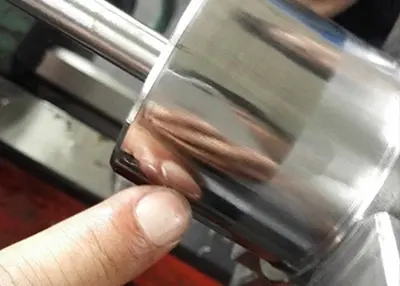 What are the commonly used surface finishing?September 27, 2023Surface finishing is to clean, sweep, deburr, de-grease, de-oxidize, etc., the surface of the workpiece, which is used to meet the corrosion resistance, abrasion resistance, decorative or other special functional requirements of the product.view
What are the commonly used surface finishing?September 27, 2023Surface finishing is to clean, sweep, deburr, de-grease, de-oxidize, etc., the surface of the workpiece, which is used to meet the corrosion resistance, abrasion resistance, decorative or other special functional requirements of the product.view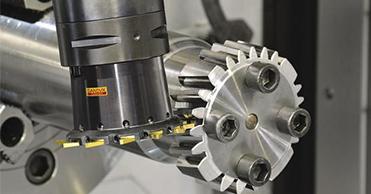 Gear Processing Process (7 Steps Make You Feel Simple)May 30, 2022One of the gear processing methods is the forming method, which is the method of cutting the tooth shape by using the forming milling cutter which is completely consistent with the shape of the tooth ...view
Gear Processing Process (7 Steps Make You Feel Simple)May 30, 2022One of the gear processing methods is the forming method, which is the method of cutting the tooth shape by using the forming milling cutter which is completely consistent with the shape of the tooth ...view
 EN
EN
 ru
ru 
